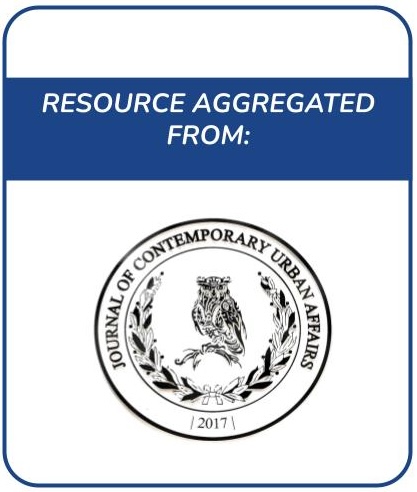Relationship between Land Property Security and Brazilian Amazon Deforestation in the Mato Grosso State during the Period 2013–2018
This research examines the relations between forest decrease and legal property security in Mato Grosso State, Brazil. The study area encompasses 133,090.4 km2 of the Amazonian biome, belonging to the Brazilian Legal Amazon, located at the arc of deforestation where agriculture and cattle ranching compete with the native vegetation cover. Cadastral monitoring and certification of productive land plots are Brazil’s public policies to implement to tackle these environmental challenges.









